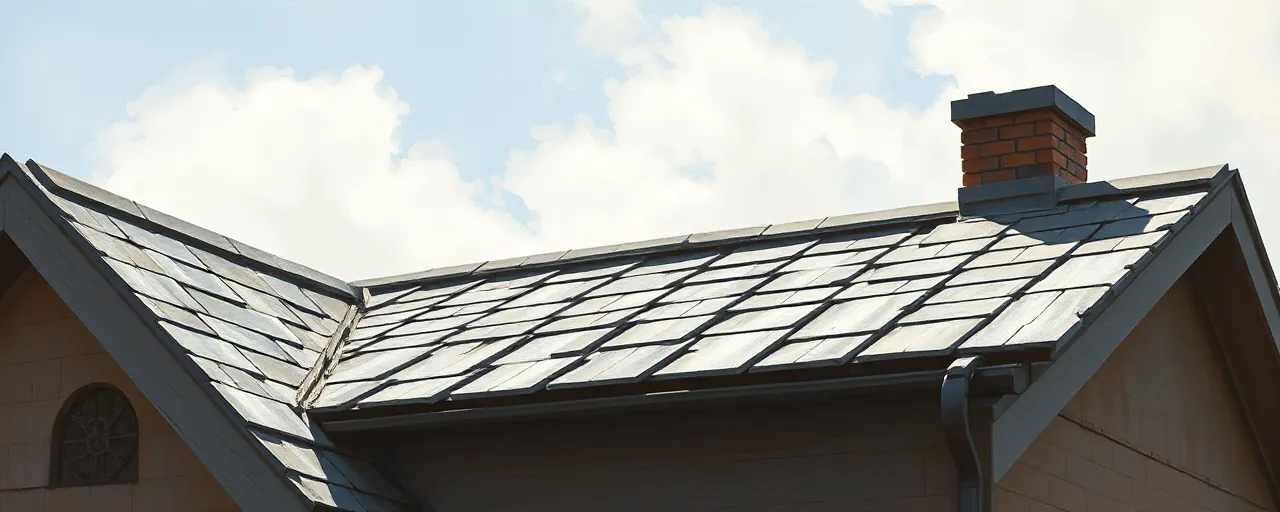A Fall Waiting to Happen
In Appleton, Wisconsin, a roofing contractor named Bacilio Rios Almanza just got a wake-up call that’s impossible to ignore. The U.S. Department of Labor’s Occupational Safety and Health Administration dropped a hefty $262,174 penalty on his business last September for failing to protect workers teetering on residential rooftops. This isn’t some petty slap on the wrist; it’s a deliberate strike against a pattern of negligence that’s put lives at risk. Falls are the leading killer in construction, claiming 32% of industry deaths between 2014 and 2021, and Almanza’s crew was left dangling without guardrails, harnesses, or even basic training. It’s a stark reminder that worker safety isn’t optional, it’s foundational.
What’s galling here isn’t just the violations; it’s the déjà vu. OSHA has inspected Almanza’s operations 10 times before, citing him repeatedly for the same reckless oversights. Two willful violations for skipping fall protection equipment and training, plus a serious one for dodging hard hats, paint a picture of a contractor who thinks rules are suggestions. This isn’t a one-off mistake; it’s a calculated gamble with human lives, and it’s high time accountability caught up with him.
The Price of Cutting Corners
Let’s talk numbers that hit home. OSHA’s 2025 penalty hikes mean serious violations now cost $16,550 each, while willful or repeated ones, like Almanza’s, can soar to $165,514 per incident. That’s not bureaucracy gone wild; it’s a lifeline for workers who deserve better than to be treated as disposable. Small businesses like Almanza’s, which make up 85% of OSHA inspections and 77% of fines, often cry foul about the financial strain. But here’s the reality: if you can’t afford safety gear or a few hours of training, you shouldn’t be in business. The roofing gig isn’t cheap, and neither is the cost of a worker’s life.
History backs this up. Since the Occupational Safety and Health Act kicked in back in 1970, workplace deaths have dropped because of standards that demand compliance. The Industrial Revolution taught us that unchecked risks turn job sites into death traps; today, OSHA’s National Emphasis Program on Falls, launched in 2023, doubles down with inspections and education. Almanza’s case proves why enforcement matters. Data shows proactive hazard assessments slash fall risks, yet he skipped them entirely. This isn’t about red tape; it’s about keeping boots on the ground, not six feet under.
Bureaucrats or Lifesavers?
Some will argue OSHA’s heavy hand crushes small businesses, painting it as a faceless regulator out to bleed entrepreneurs dry. They’ll say $262,000 in fines could bankrupt a guy like Almanza, and that’s a fair point to chew on. Small firms with fewer than 10 workers get hit hardest, facing nearly half of all inspections. But let’s flip that script: why is it always the little guy pleading poverty when caught red-handed? If Almanza invested in a $50 harness or a free training session from OSHA’s #3115 Fall Protection course, he wouldn’t be staring down this barrel. The real burden isn’t the fine; it’s the refusal to prioritize safety over profit.
Contrast that with the alternative. Without OSHA, we’d be back to the pre-1970 Wild West, where construction workers dropped like flies and employers shrugged it off. The agency’s 2024 fines topped $381.2 million across industries, and residential construction ate the lion’s share because of cases like this. Critics who call for deregulation miss the point: rules exist because some won’t act unless forced. Almanza’s 10 prior citations scream that loud and clear.
Time to Raise the Roof on Responsibility
This isn’t just about one rogue contractor; it’s a clarion call for an industry plagued by shortcuts. Falls haven’t budged from their grim perch as construction’s top killer, despite guardrails, nets, and harnesses being standard since the skyscraper boom of the 20th century. OSHA’s beefed-up 2025 rules, like mandating properly fitted PPE and heat breaks, show they’re adapting to real threats. Yet compliance lags, especially among small outfits. Almanza’s not alone; firms with under 100 workers rack up the most violations, proving size isn’t an excuse for sloppiness.
Here’s where the rubber meets the road. Businesses can contest fines or negotiate, as Almanza has 15 days to do. But the bigger fix isn’t in courtrooms; it’s in boardrooms and job sites. Training works—companies that drill hazard recognition into workers see fewer accidents. Equipment works—self-retracting lifelines aren’t sci-fi, they’re proven. The choice is simple: invest in safety now, or pay in blood and dollars later.
No More Excuses
Bacilio Rios Almanza’s $262,174 tab isn’t a tragedy; it’s justice. It’s a signal to every contractor that dodging safety isn’t a business strategy, it’s a liability. Workers aren’t asking for coddling; they’re demanding the bare minimum to clock out alive. OSHA’s not perfect, but its mission holds firm: enforce the rules that keep America building. The data’s undeniable—falls kill, training saves, and repeat offenders like Almanza don’t learn until their wallet bleeds.
So let’s stop the hand-wringing over fines and start hammering home responsibility. Small businesses can thrive without gambling on worker lives; they just need to step up. Almanza’s story isn’t a cautionary tale—it’s a blueprint for what happens when you don’t. The rooftops of Appleton deserve better, and so do the men and women who climb them every day.
